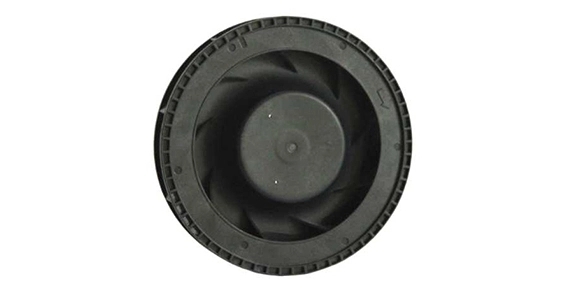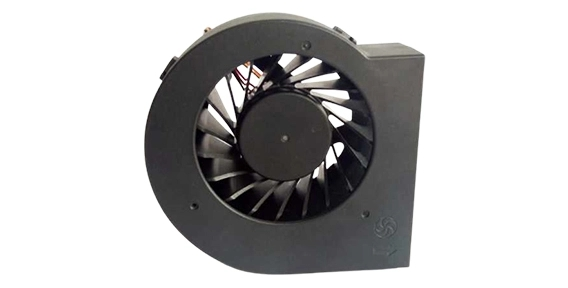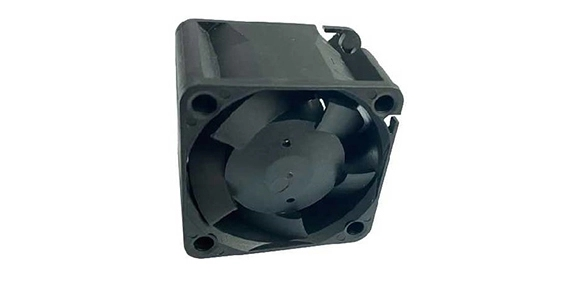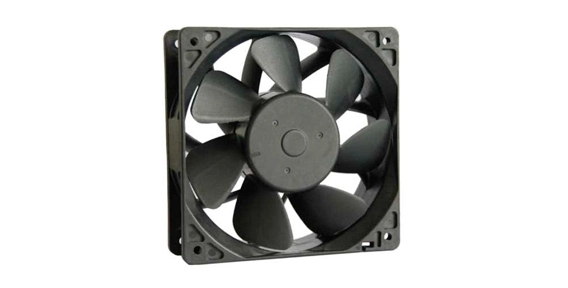Centrifugal blower fans have come a long way in terms of technological advancements. From their humble beginnings to the modern, state-of-the-art designs, these fans have proved to be an essential component in various industries. In this article, we will trace the origins of centrifugal blower fan technology, discuss how digitalization has transformed their capabilities, and explore the future of wireless control and automation.
Tracing the Origins of Centrifugal Blower Fan Technology
Centrifugal blower fans have been around for centuries, with their origins dating back to the Industrial Revolution. The invention of the centrifugal fan is credited to Denis Papin, a French physicist and inventor, who introduced the concept in the late 17th century. Papin's design consisted of a rotating impeller inside a housing that created a flow of air or gas. However, it wasn't until the 19th century that centrifugal blower fans truly began to take shape.
During the early 1800s, engineers began experimenting with different impeller designs and fan configurations, leading to the development of more efficient and powerful fans. The introduction of steam-powered engines provided a significant boost to the capabilities of centrifugal blower fans, allowing for increased airflow and pressure. This technology paved the way for the use of these fans in various applications, including ventilation systems, air conditioning, and industrial processes.
How Digitalization Transforms Centrifugal Blower Fan Technology
With the advent of digitalization, the capabilities of axial air fan have been revolutionized. The integration of advanced sensors, microprocessors, and control systems has enabled precise monitoring and control of fan performance. This digital transformation has allowed for increased energy efficiency, reduced maintenance costs, and improved overall system performance.
Digitalization has introduced features such as variable speed drives, which enable the adjustment of fan speed according to the specific requirements of the application. This not only optimizes energy consumption but also allows for better control of airflow and pressure. Additionally, digital control systems can monitor fan health, detect potential issues, and provide real-time data for maintenance and troubleshooting purposes.

Wireless Control and Automation: The Future of Centrifugal Blower Fan Technology
As technology continues to advance, wireless control and automation are set to shape the future of centrifugal blower fan technology. With the integration of Internet of Things (IoT) devices and cloud-based platforms, fans can be remotely monitored and controlled, offering unprecedented convenience and efficiency.
Wireless control systems eliminate the need for physical wiring, reducing installation costs and complexity. These systems allow for remote access and control, giving operators the ability to adjust fan settings, monitor performance, and receive notifications from anywhere in the world. This level of control opens up new possibilities for improved energy management, predictive maintenance, and system optimization.
Furthermore, the integration of artificial intelligence and machine learning algorithms can enable autonomous fan operation. These algorithms can analyze data from various sensors to optimize fan performance in real-time, making adjustments based on changing conditions. This level of automation not only ensures optimal performance but also minimizes human error and maximizes energy savings.
In conclusion, the evolution of centrifugal blower fan technology has been driven by centuries of innovation and advancements. From their origins in the Industrial Revolution to the digital age of today, these fans have continually improved in terms of efficiency, performance, and control. With the future of wireless control and automation, centrifugal blower fans are poised to become even more integral to various industries, offering unprecedented convenience, efficiency, and reliability.


 EN
EN 

 +
+
 +
+
 +
+



